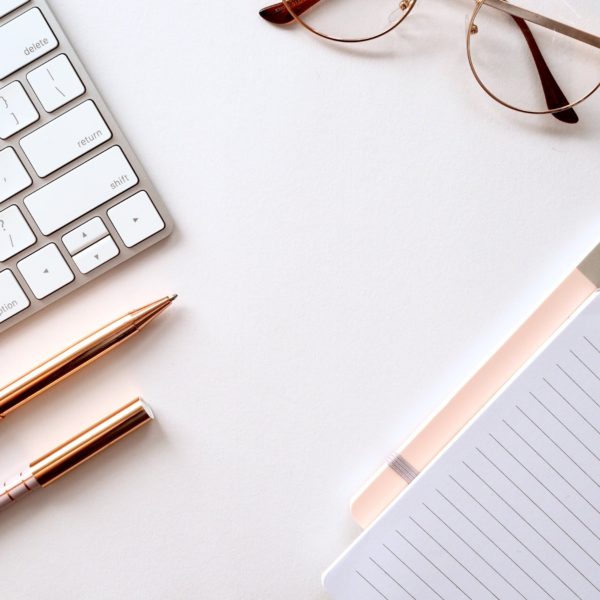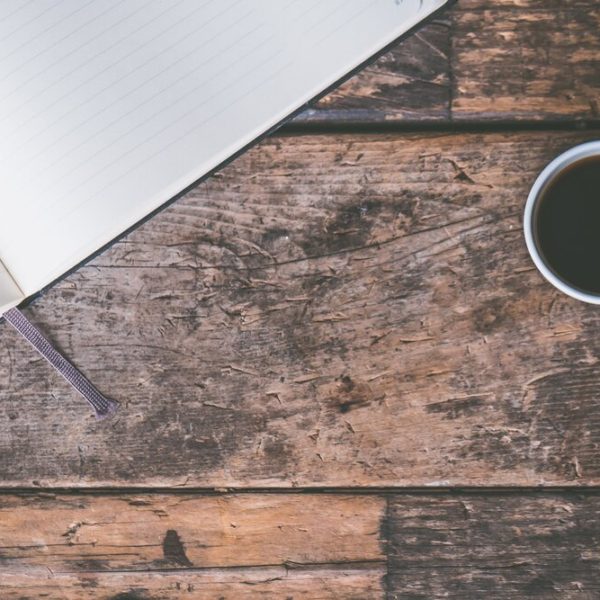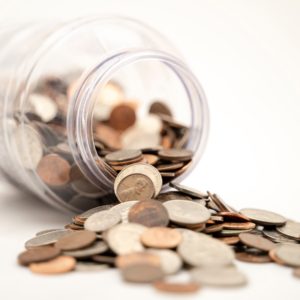A high interest savings account is an important part of everyone’s personal finances. Yes, you!
While a savings account is not the right place to store your cash for the long term, it is a crucial piece of the puzzle for a low-risk short term option. Savings accounts are great because you can earn interest while keeping your money extremely accessible to you.
The banks are able to pay you interest because they use your money to make loans out to other people. The borrowers on the other side of the equation are paying the banks interest in return. Your savings account is extremely safe as banks are required to have a large cash reserve and insurance protection to make sure that you don’t lose a cent if the bank were to become insolvent.
A high interest savings account is a great place to save up for emergencies and expenses you already know you’re going to have to pay for at some point. In this post, you’re going to learn how to use multiple savings accounts and take back control of your finances!
Reasons To Have A Savings Account
-
Emergency Fund. Here we save for the worst case scenario. What if your home has water damage to repair? What if your car breaks down? How much would you need to live for 3-6 months if you had absolutely zero dollars coming in?
-
Free money! You literally get paid to do absolutely nothing but have your money sit in the account.
-
It’s safe. You’re probably sick and tired of me talking about CDIC protection but it’s so important! You can save knowing that your money is protected.
-
Helps to control spending. Rather than keeping all of your money in your chequing account, you can put some away in a completely separate place and make you think twice before transferring money to purchase something.
-
Helps you save for things you know you’re going to have to pay for. We all know Christmas is in December and homeowners all know they have to pay their property taxes in July yet we all scramble every. single. year. Start putting some money away right now and lower your financial stress!
Personally, it is so important for me to separate my daily spending money from my savings because if the money just sits in my chequing account, I will spend it somewhere, somehow. I know that I’m not alone here.
Picking The Right Bank For You
If you have yet to read my post on the Best High Interest Savings Accounts in Canada, be sure to check that out. Once you pick which savings account is right for you, you can start using it to seriously optimize your finances. As you may already know, I have been with EQ Bank for almost a year now. They pay 1.50% interest with unlimited transactions, unlimited e-transfers and they have no minimum balance.
With EQ Bank, you can have up to five different accounts within your main account so you can categorize the money you want to use for different purposes. I absolutely love this feature.
When I started learning how to use multiple savings accounts, I had to take a moment to seriously think about my savings goals. This is how I broke down my money goals in my savings accounts:
My accounts at EQ Bank:
-
Travel Fund
-
School Applications
-
Charity Fund
-
Slush Fund
-
Gifts Fund
More recently, I have joined Laurentian Bank, which offers 1.4% interest with unlimited transactions, no minimum balance but no e-transfers.
My account at Laurentian Bank:
-
Emergency Fund
I get paid for every dollar I have sitting in these accounts. Woohoo!
In this post, I explain exactly how I aim to use these accounts this year to make sure I’m ready for any expense that comes my way. What might you want to be saving for in the next 3(ish) years?
Travel Fund
For my travel account, I am aiming to put about $130 in here each month.
I try my best not to feel guilty when I transfer money back out of this account to buy a plane ticket or pay for a hotel because that’s what the money is for!
As of right now, I am not researching where I want to go or how much a specific trip might cost in advance and saving up a specific amount. All I’m doing is putting away as much as I think is reasonable and using it as I see fit.
If you know of a trip you are wanting to take in the next year, you could try to predict how much you might need, divide that by the amount of months or weeks left and make sure you put that much away every time. Or just follow the route I’m taking and put a small amount away each month so when the opportunity arises to travel, you’ll be ready!
By breaking down your savings into smaller increments, it’s so much easier to save. Breaking down what you need to save is key to learning how to use multiple savings accounts. It’s crazy to see how fast you can rack up a significant amount of money to use for an experience that truly makes you happy.
Tip: being open minded about where you travel based on the time of year and cost really helps to open up opportunities to see more of the world for less $$$.
School Applications Fund
This one is pretty straight forward. For my school applications fund, whenever I pay a fee to apply to a school program or need to fly somewhere for an interview, this comes out of my school applications fund. It’s as simple as that.
I have allocated about $3,000 out of the $8,000 lump sum of money I already had when I transferred from my Scotiabank savings account to EQ Bank last May. I am not actively adding to this fund, all I do now is cash out of it and reap the benefits of my savvy saving!
Plus, whenever I get a student loan payment, I will transfer it into here right away before paying my tuition to get as much extra interest off of it as I can!
Charity
This is a new account I have made this year. It is one of my goals for 2020 to save $20 every month and stash it in this fund. At the end of the year I will have saved $240 plus whatever interest I make to donate to a charity that is meaningful to me. There are lots of ways to incorporate donating into your monthly spending, checkout this post to learn more!
Slush Fund
My slush fund is a really great way for me to make sure that I am not spending more than I make. Hear me out:
I get paid on the 15th and on the last weekday of the month. Let’s take February for example. On February 27th (the day before my last payday of the month) I first ensure that I have paid off the balances on all of my credit cards (I have three). I then transfer whatever amount is left in my chequing account into my slush fund.
So, if on February 27th I have $50 left in my account, $50 gets transferred into my slush fund. If there’s $250 left, $250 gets transferred. This is called zero sum budgeting where every dollar has a purpose! The money I transfer into this slush fund is still my spending money and I want to keep it that way. However, instead of storing it in my chequing account, I like to make interest on it by keeping it in a high interest savings account instead. Remember, I get paid for having money sit in the account!
Rather than feeling like you need to spend every dollar you have right then and there, try putting it away at first. It might come in handy one of these days when you actually want/need something. Build up your slush fund, spend it on something you actually care about, repeat!
If for some reason I need extra money one month due to some different spending patterns, I could use the money that I had saved up in my slush fund the previous month without dipping into my emergency fund, or worse, holding a balance on my credit card.
Gifts Fund
Ladies and gentlemen, this is a game changer.
When I started learning how to use multiple savings accounts, I started putting away $50 every month to save up for birthday and Christmas gifts throughout the year. Rather than waiting until the week before and trying to come up with the money, I always have funds ready to pay for them.
If you know approximately how much you’re going to be spending on your friends and family for their birthday and Christmas gifts this year, you can start saving now too!
Why wait until December to scramble to pay for gifts you already know you’re going to buy? Again, saving in smaller increments makes it so much easier to actually follow through with and be less stressed when the time comes to actually buy the goods.
Emergency Fund
My emergency fund is specifically for emergencies and I have yet to touch it. Your emergency fund is probably the most important part when learning how to use multiple savings accounts.
I have $2,500 in my emergency fund because I quite literally have zero expenses, no car payments and no rent due since I am still living at home (thanks mom ‘n dad!). I am adding $100 each month to this fund because when I do move out, I will definitely want more than $2,500 as a safety net.
Someone with a family who has a mortgage or rent payment, maybe a car payment and/or many other expenses might need to have $15,000 or more sitting in cash in an emergency fund just in case. The rule of thumb is to have 3-6 months of expenses in cash ready to use in the worst case scenario.
Instead of storing the cash in my chequing account or under my mattress, I continue to get paid interest just by having it sit in a high interest savings account! I’m able to keep up with inflation and take home a little bit more without taking risks. What’s not to like about that?
All In All
I hope you feel more confident about how to use multiple savings accounts and can see the importance of a high interest savings account. Please consider setting yourself up for success if you don’t already have one. If you ever need money right away, you can easily withdraw it from your account.
Remember to pay yourself first. As soon as you get paid, transfer money out of your account into your savings. Start as small as you need to, even if that’s only $1 this month. It’s the habit we want to make stick.
The categories I mention here are the most important for me in my current finances, but everyone is different. What could you start saving for right now?
Personally, if I keep money sitting in my chequing account, I will find a way to spend it… By utilizing my slush fund, it helps me be more mindful about my spending. Just because you can afford something in the moment doesn’t always mean you should buy it! Whether you’re saving up for a trip of a lifetime or just putting some money away as a safety net, future you will thank you.
“Your future is created by what you do today, not tomorrow.”
Related Posts
Best High Interest Savings Accounts in Canada 2020
Best No-fee Chequing Accounts in Canada 2020
Chequing vs. Savings: What’s The Difference
Disclaimer: I am not a certified financial planner or investment advisor. The ideas posted on this website are my own opinions on how I manage my personal finances. The content is specifically for educational and informational purposes and is not considered professional financial advice. Everyone’s finances work differently and you will have to do your own due diligence before making any financial decisions.
Pin it for later!









Leave a Reply